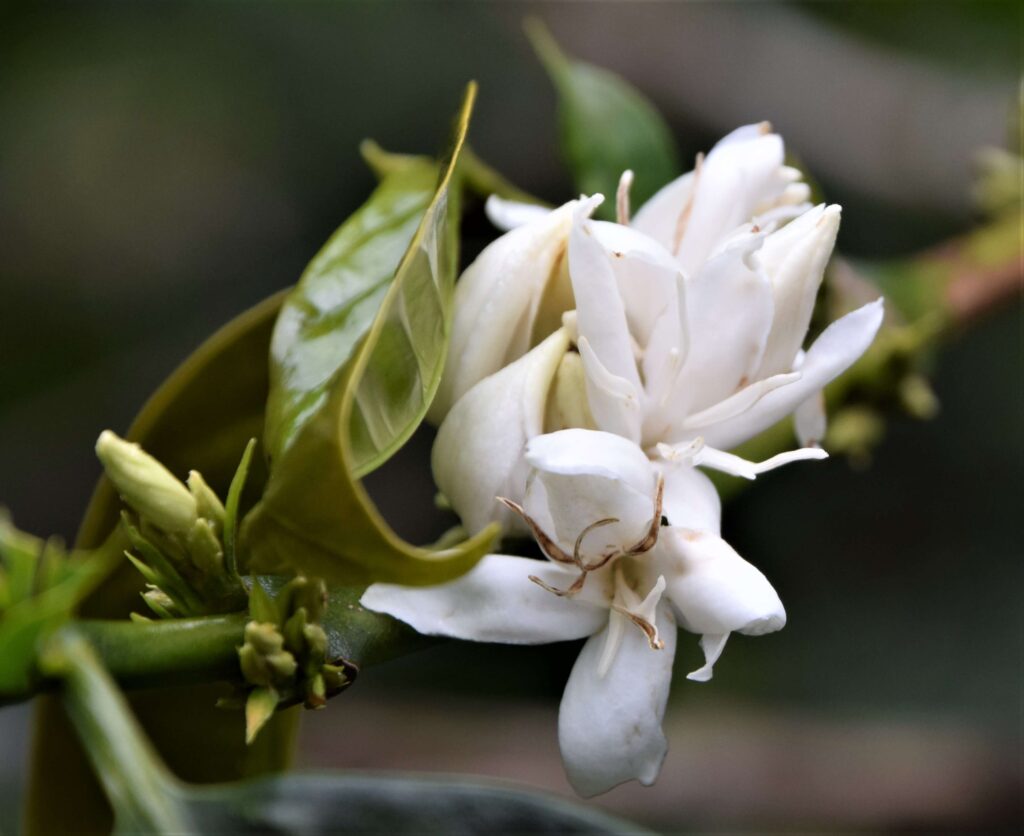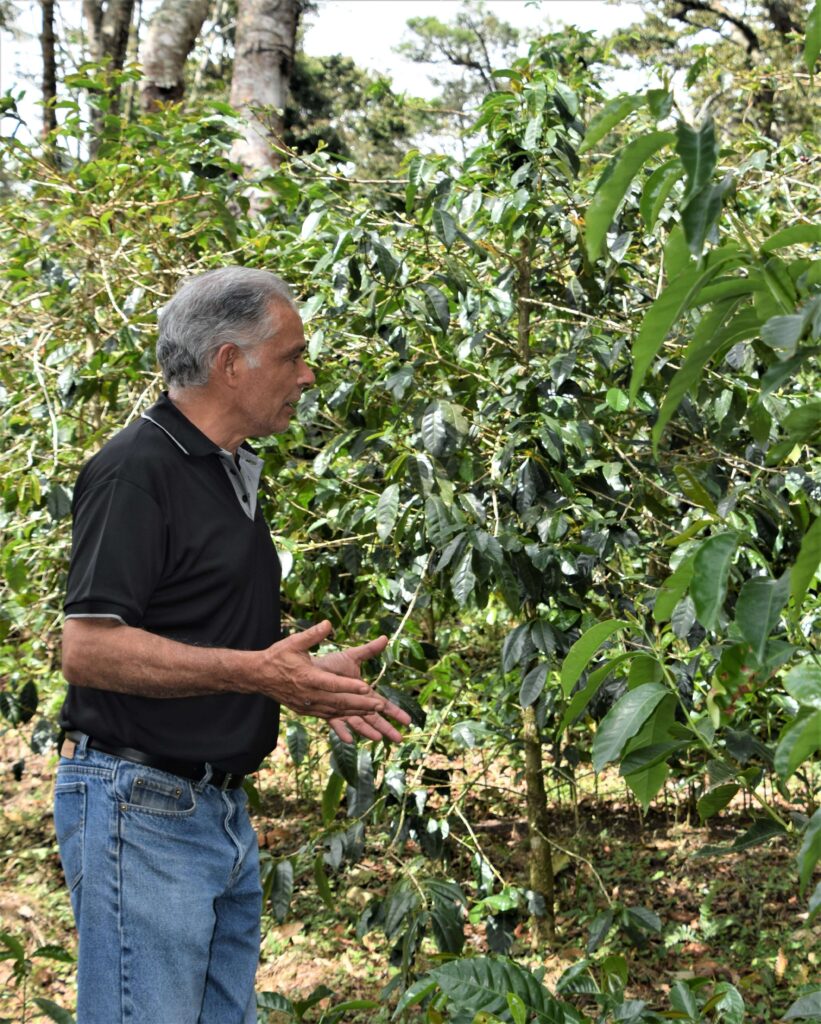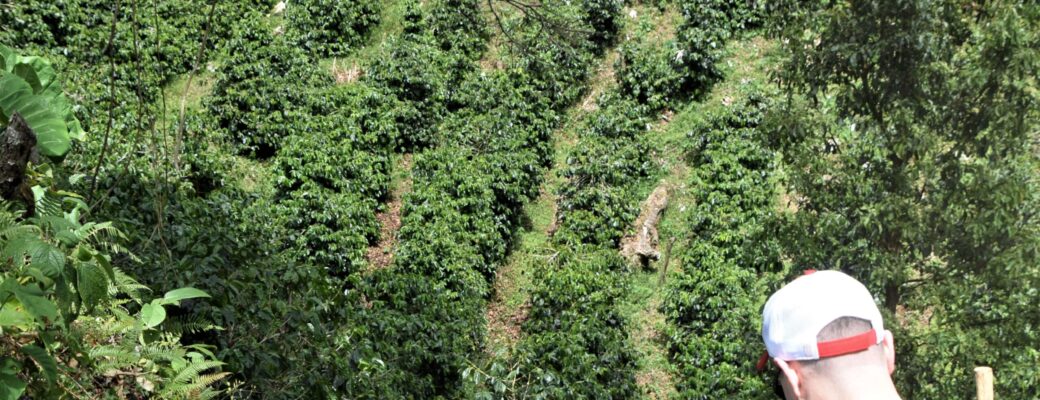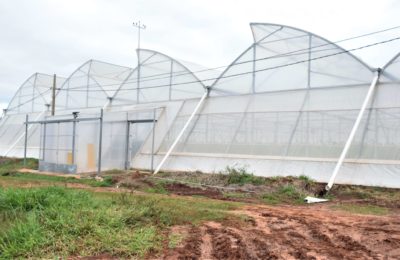My wife and I reprised our Maui honeymoon during the first 10 days of September and…
March AgroNosotros Farm Tour (Part I)
Amazing! I recently returned from a multi-day tour of the AgroNosotros coffee and cacao farms in western and north Panama and was totally blown away.
Those of you who know me know that I’m not easily impressed. I’ve been on many agriculture investment tours over the years but this one tops them all. I learned more about the coffee and cacao businesses than I could have possibly hoped for.
Specialty Coffee
In addition to visiting several coffee and cacao farms, we toured the processing facilities for each and learned how AgroNosotros adds significant value to the raw product.
AgroNosotros is focused on growing Specialty Coffee primarily because it demands a higher price. Specialty coffee should not be confused with “gourmet” or “premium” coffee. These are simply marketing terms with no defined standards.
Specialty Coffee must score 80 points or above using the Specialty Coffee Association (SCA) grading scale. Specialty coffees are grown in special micro-climates and are distinctive because of their full-cup taste and little to no defects.
The Robusta coffee variety makes up about 40% of the world’s coffee and Arabica makes up another 55%, with the balance made up of Specialty Coffee varieties. Robusta and Arabica are both used in common brands like Folgers or Maxwell House, although Arabica is generally considered a better-tasting coffee.

Boots On The Ground
Farm tours can be an important part of your due diligence when considering acquiring an agricultural asset. This is especially true when the farm is located in a foreign country. Spending time on the ground, getting to know the local landscape, asking questions and actually seeing what you’re purchasing can be very comforting when it comes time to buy
AgroNosotros has a drop-dead gorgeous 8-bedroom villa on the outskirts of the town of Boquete in western Panama. Complete with meeting rooms, a lounge with a fireplace and a commercial kitchen, the villa was our home for the next three days.
They currently charge $299 for the tour stay (arriving Friday and departing Monday), but I arrived on Thursday night for the same rate. Once you arrive, they also take care of all your meals, drinks and transportation. Since the company’s COO, Daniele Levorato, is a former chef, the food was great.
I was impressed that we had full access to the company’s CEO, President, farm general manager and COO so we could ask any question we wanted. And, more importantly, we got honest answers about the current state of the company, the company culture and vision, along with their long-term plans.
Most people arrived on Friday morning. After eating lunch and spending some time getting to know each other, we headed out for our first farm tour in the mountains outside of Boquete. Andres Lopez, the general manager, took us on a hike through a coffee farm. I’ll try to summarize what I learned on this tour.

The Process Of Growing Coffee
With an average lifespan of 20-30 years, coffee trees become commercially productive after 4-7 years, at which point up to one and a half tons of coffee can be harvested per hectare. New trees are planted early in the wet season so they can become well-established before the dry season.
Often called the Napa Valley of coffee, the mountains around Boquete grow a dozen or more types of coffee based on varying altitudes, precipitation, orientation to the sun and even wind patterns.
Panama is full of micro-climates; as a result, there can be as many as five coffee varieties on one farm. In this case, Pacamara, Typica, Bourbon and Geisha varieties are all grown. At about 1,500 meters (4,900 feet), the temperature was in the mid-70s and perfect for a hike through the coffee-studded hills.
Trees are planted in staggered rows that follow the contour of the land. Staggering them so that the tree above is not in line with the one below reduces water runoff and any resulting soil depletion. This also allows for easy pruning, which is essential to ensure the sun gets to the interior of the plant.
Each plantation needs to be walked every day to spot fungus or other problems to be sure they are addressed immediately. As Andres explained, insects and fungi are part of the ecosystem and just need to be kept in balance. Fungicides kill both good and bad funguses, so instead they use a spray made from the coffee mucilage compost (more about this later) to add beneficial organisms that work naturally to combat bad fungi.
Harvesting had already taken place by the time of our tour. There were some berries still on the trees but the vast majority had already been hand-picked. Harvest time is determined by the color of the berry (this varies from one variety to the next) and a Brix test.
Degrees Brix (°Bx) is a measure of the sucrose levels (sugar) used in the berry, fresh produce, wine, fruit juice, maple syrup and honey industries. When the Brix level reaches a certain point, they know that the coffee berry has reached its peak and is ready for harvest.

A Commitment To Their People
On Sunday, we trekked through the original 3.3-hectare Cuatro Camino coffee farm, which is also the location of the processing mill. A group of seven families lives on this farm and David Sewell, AgroNosotros’ CEO, spent some time talking about their labor pool and how things were managed during Covid.
First, the company did not furlough anyone during Covid. Everyone kept their jobs and continued to be paid. This care for their employees has resulted in a very low employee turnover. There is one worker for every 4.5 hectares of farmland (a little over 11 acres).
Knowing that their husbands had job security, many moms went back to school to further their education. In addition, the company now has 89 children in school and they pay for their book bags, uniforms, transportation and books. Children are not allowed to work in the fields.
The vast majority of farm workers are indigenous Ngäbe-Buglé people. Prior to being hired to work the farms, most of them slept on cardboard in a dirt floor hut. The company provides upgraded housing with running water, beds, gas stoves and showers. Gas stoves are especially important because before they were provided, many children were getting cataracts from constant exposure to wood smoke.
However, not all “improvements” are accepted by the farm workers and their families. In most cases where showers were installed, they removed the shower heads because that was something they were not used to. As David explained, they need to be careful to provide upgrades that will improve the health of their farm workers while not trying to impose a lifestyle that is inimical to their traditional ways.
Spending several days with like-minded folks was invaluable. I got to spend time with very sophisticated investors from around the world who don’t easily part with their money. They all agreed that this is a tremendous long-term, wealth-building investment.
This is the first of three posts on my tour. The next post will cover the cacao farm in Bocas del Toro Province and number three will go over the coffee drying, milling and cupping processes.

As an avid traveler, Brian has explored and enjoyed cultural encounters in over 40 countries while spending many years refining The Points Game — using credit card sign-up bonuses and other tricks to get nearly free travel. Getting the most out of every trip is an art and Brian launched My Travel Traxx to help others enjoy the art of travel.





Comments (0)